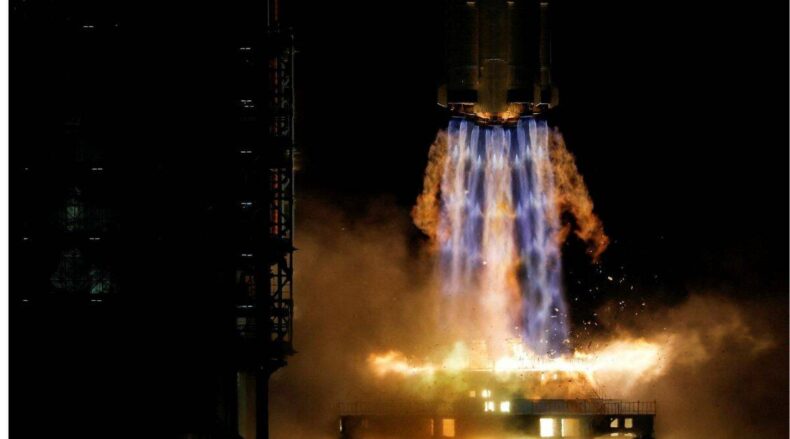After a six-month mission aboard China’s space station, three Chinese astronauts have returned to Earth.
They launched into space on June 5 to oversee the final stages of the Tiangong space station’s construction, which was completed in November. On Sunday, the crew of the Shenzhou-14 spacecraft landed in China’s autonomous region of Inner Mongolia. The mission was declared a “complete success” by China’s space agency. In an audio broadcast, by state broadcaster CCTV, Commander Chen Dong and teammates Liu Yang and Cai Xuzhe said they were feeling fine after landing.

Staff at the landing site assisted the crew as they exited the exit capsule, which landed shortly after 20:00 local time, about nine hours after docking with the space station. Ms Yang, China’s first female astronaut, said she had an unforgettable experience in space and is “excited to return to the motherland,” according to the Xinhua state news agency.
While in space, the three astronauts oversaw the arrival of Tiangong’s second and third modules, as well as three spacewalks to inspect and test the new facilities. On Wednesday, a new crew of three Chinese astronauts arrived at the space station for the first in-orbit crew handover. The new crew took off in the Shenzhou-15 spacecraft from the Jiuquan Satellite Launch Centre in northwestern China’s Gobi Desert. They will be stationed for six months.
It will be the second permanently inhabited space outpost after the Nasa-led International Space Station, which China was barred from joining in 2011. It is the final of 11 missions needed to complete the station, which will run experiments in near-zero gravity for about a decade. According to a China Manned Space Administration spokesperson, the new crew will focus on installing equipment and facilities around the space station.

After the Soviet Union and the United States, China is only the third country in history to have both astronauts and a space station. The Tiangong space station, also known as the “Heavenly Palace,” is China’s new permanent space station. Previously, the country launched two temporary trial space stations, Tiangong-1 and Tiangong-2. Over the next decade, China is expected to launch two crewed missions to the Tiangong space station each year.
China has opened the selection process for astronauts for future missions to applicants from Macau and Hong Kong’s “special administrative regions.” China launched its first satellite into orbit in 1970, during the Cultural Revolution’s massive disruptions. China has launched over 200 rockets in the last decade. It has already sent an unmanned mission, Chang’e 5, to the Moon to collect and return rock samples. It placed a Chinese flag on the lunar surface that was intentionally larger than previous US flags.

Read More: Adani Group emerges as the single-largest shareholder in NDTV













